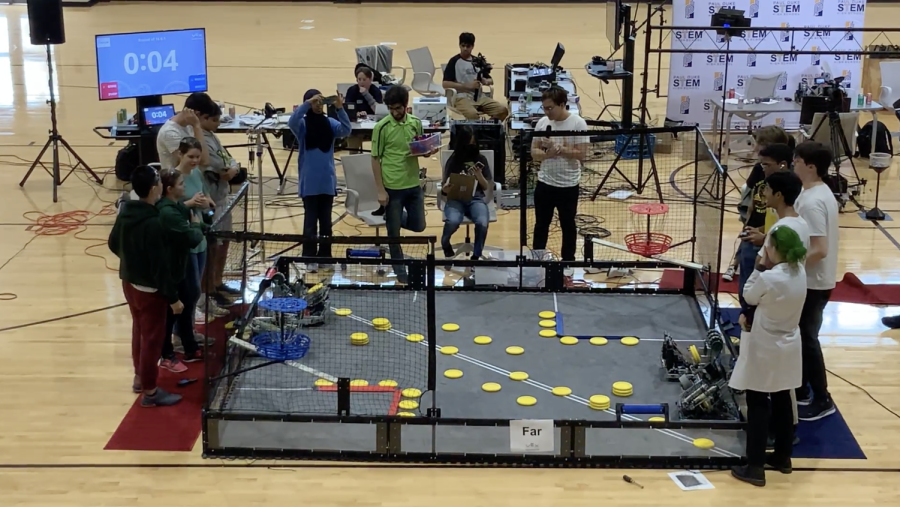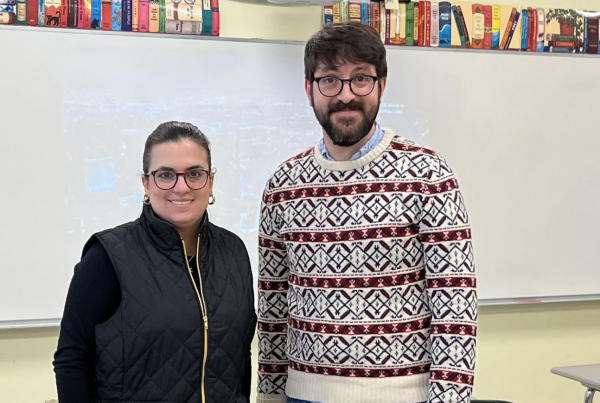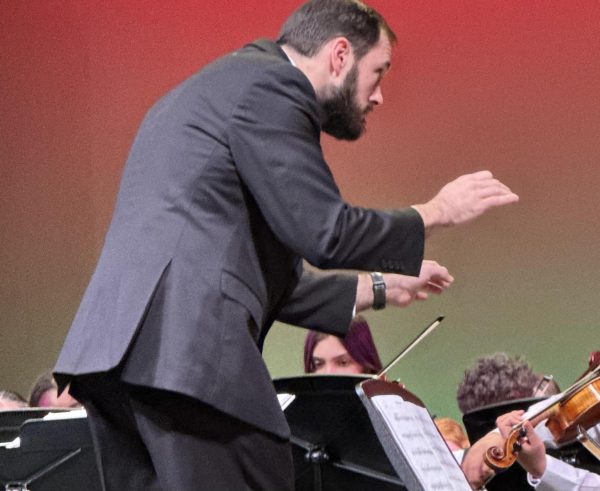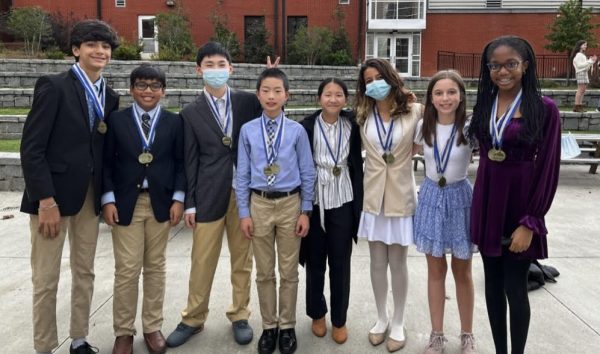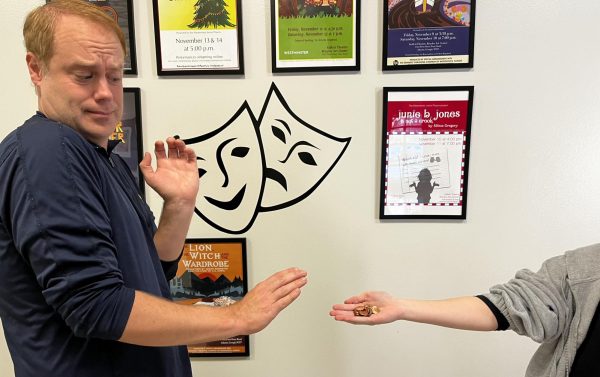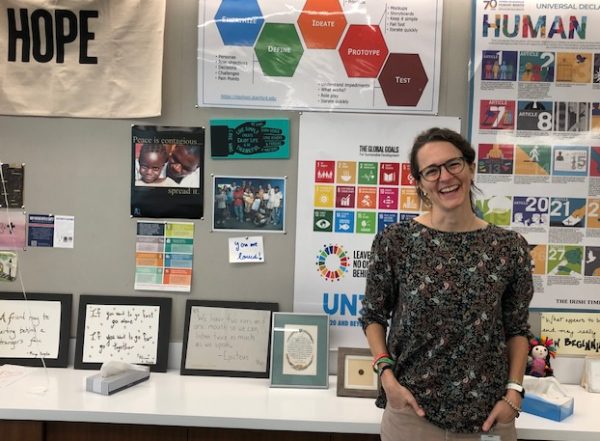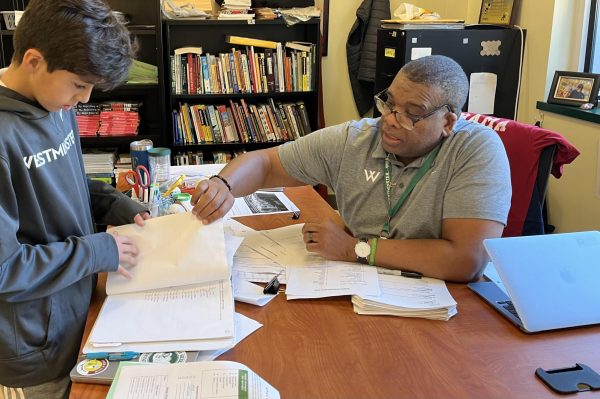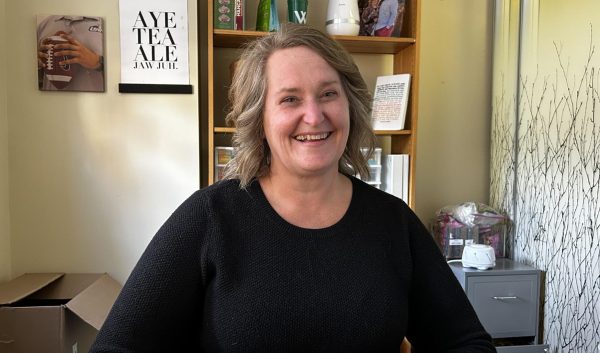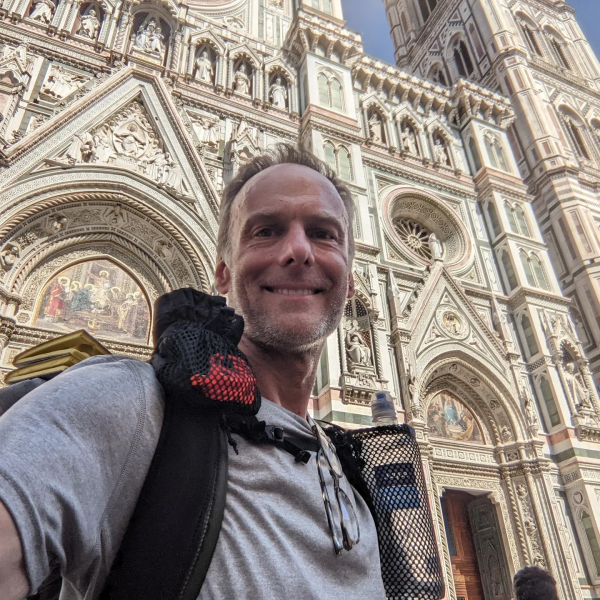Behind The Scenes: Cracking the Code to Robotics Success
Middle School students often hear about the robotics team in the announcements due to the awards they win, but have you ever wondered what actually goes on behind the scenes?
Westminster plays through VEX, one of the many robotic leagues. The robots have to be coded to complete a task specific to the year. The task this year consists of robots either picking up frisbees and throwing them into metal baskets, similar to the game frisbee golf or pushing them into goals. The official name of the task is Spin-Up. Westminster competes against schools located in the north Georgia area, so they only have to drive around an hour for competitions.
To learn all about coding and building, new members take online courses that teach them the different parts of a robot, how to code, different types of code, and other important things like 3-D modeling. However, members have a set time period in which they can finish the modules. If they fail to meet the deadline, then they cannot be placed on a team. After the students take these courses, they have to complete tests to show that they understand the material and know how to create a robot. New 6th graders also get mentors or older students to help them progress faster.
On competition days, the members of the team have to get to Westminster at around 6:30, where they pack up the bus and get ready for a whole day of competitions. When they get to the competitions, all of the robots have to go through a mandatory inspection to make sure they are all legal. All of the verified robots get put into a computer that produces matchups randomly. Each qualification match takes around two minutes, and there can be up to fifty matches on any given day.
A match consists of fifteen seconds of autonomous, robot control and one minute and forty-five seconds for driver-controlled movement. However, with setting up and getting ready, a match ends up being around five minutes long, and Timothy Shabanowitz states, “There are always issues that show up,” whether that be with a robot or with a technical problem. After all qualification matches have been played, all the teams are ranked and the competition switches to a typical bracket playoff.
In competitions, the robotics team looks at other robots and determines which other teams they want to have alliances with. Alliance partners can develop over years or last for a single competition. When the members first show up to the competition and are setting up or working on their robot, a few people will walk around and scout. The robotics team members look at other schools’ robots and become friends with these other teams. They are trying to figure out which robots are going to be helpful and which ones aren’t. The purpose of these alliances is to fill in the weaknesses of your own team.
When forming a robotics team, Shabanowitz tries to evenly distribute builders and coders between the teams. He also tries to put some older members with some less experienced members, so they can learn faster with the older members acting as mentors. This year there were around five-six teams of five people, also including the “white teams” who only compete in in-house tournaments.
In one team there are many different roles that have to be filled. The roles include master robot designer, master robot builder, drive code strategist, autonomous code strategist, and engineering notebook master. A robot designer works with the builder to create the robot. The coders work together to bring the robot to life. The engineering notebook master’s job is like an archivist. They document the progress of the robot because they eventually have to create an engineering notebook that is given to the judges at competitions. The judges look at these notebooks and use them to give other awards to a team if they did not win. Team members decide who is driving the robot before the competition. Shabanowitz says that he likes everyone on the team to be well-versed in each role, so the team can continue its winning streak.

